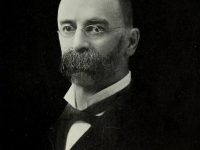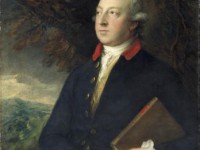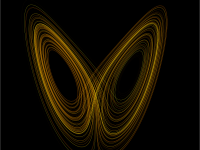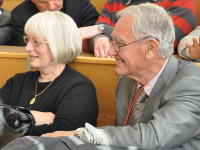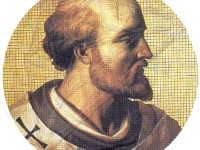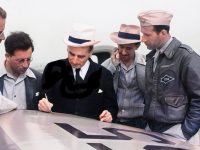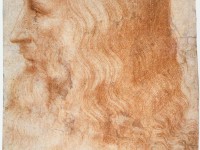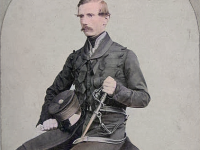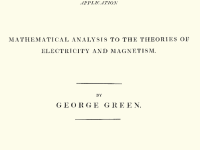Stephen Mouton Babcock and the Babcock Test
On July 2, 1931, American agricultural chemist Stephen Moulton Babcock passed away. He is best known for his Babcock test in determining dairy butterfat in milk processing, for cheese processing, and for the “single-grain experiment” that led to the development of nutritional science as a recognized discipline. He worked for 43 years at the University of Wisconsin, where he established a laboratory where he carried out pioneering research in nutrition and in…
Read more

